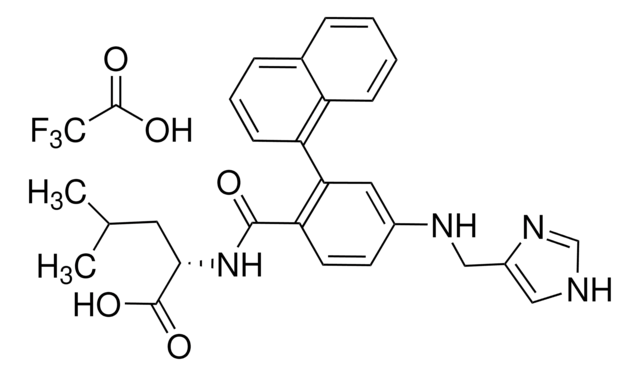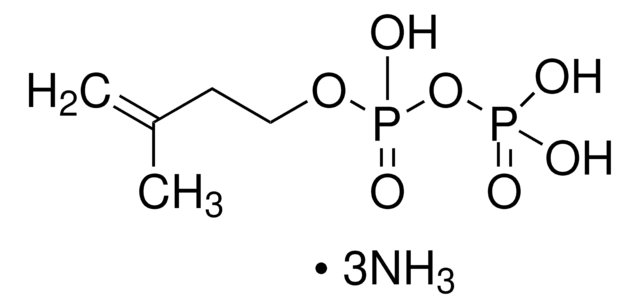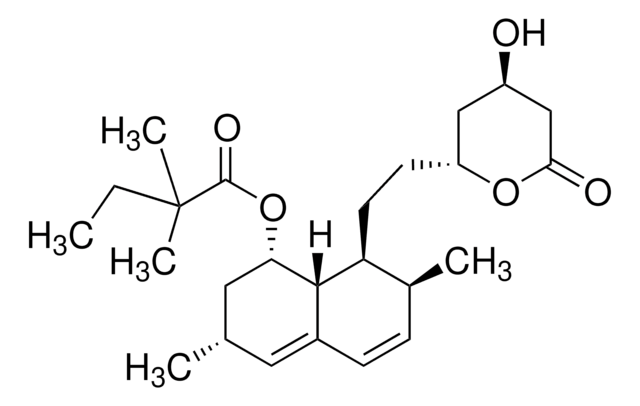I5907
Pyrophosphatase, Inorganic from Escherichia coli
recombinant, expressed in E. coli, lyophilized powder, ≥90%, ≥800 units/mg protein
Synonym(s):
Inorganic Pyrophosphatase, Pyrophosphate phosphohydrolase
About This Item
Recommended Products
recombinant
expressed in E. coli
Quality Level
assay
≥90%
form
lyophilized powder
specific activity
≥800 units/mg protein
mol wt
hexamer subunit mol wt 20 kDa
storage temp.
−20°C
Looking for similar products? Visit Product Comparison Guide
General description
Application
It plays an important role in protein, RNA, and DNA synthesis.
Biochem/physiol Actions
Other Notes
Unit Definition
Physical form
signalword
Warning
hcodes
Hazard Classifications
Eye Irrit. 2 - Skin Irrit. 2 - STOT SE 3
target_organs
Respiratory system
Storage Class
11 - Combustible Solids
wgk_germany
WGK 3
flash_point_f
Not applicable
flash_point_c
Not applicable
ppe
Eyeshields, Gloves, type N95 (US)
Certificates of Analysis (COA)
Search for Certificates of Analysis (COA) by entering the products Lot/Batch Number. Lot and Batch Numbers can be found on a product’s label following the words ‘Lot’ or ‘Batch’.
Already Own This Product?
Find documentation for the products that you have recently purchased in the Document Library.
Customers Also Viewed
Our team of scientists has experience in all areas of research including Life Science, Material Science, Chemical Synthesis, Chromatography, Analytical and many others.
Contact Technical Service








